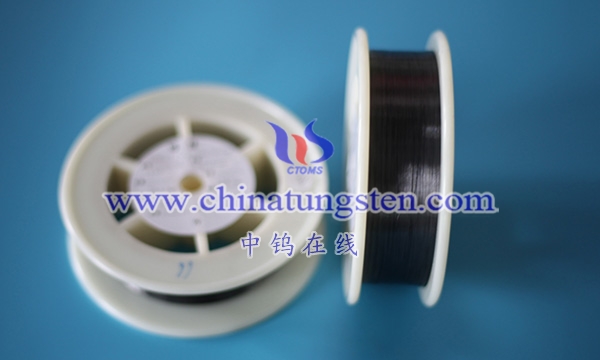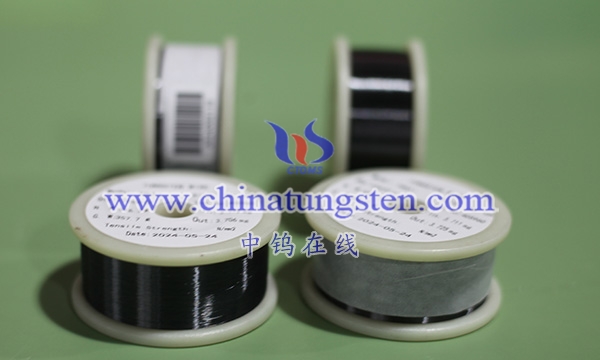Tungsten wire for textiles weaving gloves and aluminum wire have significant differences in braiding applications, mainly reflected in strength, high temperature resistance, conductivity, weight and application scenarios. The following are their main differences in braiding applications:
- Strength and hardness
Tungsten wire: Tungsten wire has extremely high tensile strength and hardness, so it is very suitable for braiding applications that require high strength and wear resistance, such as protective fabrics or braided materials used in high temperature environments.
Aluminum wire: The strength and hardness of aluminum wire are much lower than tungsten wire, so aluminum wire does not perform as well as tungsten wire in applications that require high strength. However, the flexibility of aluminum wire in some cases makes it suitable for lightweight braiding applications.

- High temperature resistance
Tungsten wire: Tungsten has a very high melting point of about 3422°C, which is suitable for braiding materials in high temperature environments, such as braiding materials for high temperature protective covers or heating elements.
Aluminum wire: Aluminum has a lower melting point of about 660°C, so aluminum wire is easy to soften or melt in high temperature environments and is not suitable for high temperature braiding applications.
- Conductivity
Tungsten wire: Although tungsten has some conductivity, it is not as conductive as aluminum. Therefore, tungsten wire is not the best choice for braiding applications that require conductivity.
Aluminum wire: Aluminum has good conductivity, although not as good as copper, but much better than tungsten. Therefore, aluminum wire is very suitable in braiding materials that require conductivity, such as cable shielding or EMI protection layer.
- Weight
Tungsten wire: Tungsten has a very high density of about 19.25 g/cm³, which makes the weight of the braided material heavier, which may be a disadvantage in some applications, especially when lightweight is required.
Aluminum wire: Aluminum has a very low density of about 2.7 g/cm³, which makes the braided material very light, so aluminum wire is an ideal choice for braiding applications that require lightness and flexibility, such as aerospace or wire shielding braiding.

- Corrosion resistance
Tungsten wire: Tungsten wire is easily oxidized at high temperatures, but has good corrosion resistance in inert gas or vacuum environments, making it suitable for braiding applications in specific environments.
Aluminum Wire: Aluminum wire has good corrosion resistance, especially in the air, it will form a protective layer of aluminum oxide to prevent further corrosion, so it performs well in braiding applications in humid or exposed environments.
- Cost
Tungsten Wire: Tungsten wire has a higher production cost, so it is usually used in high-end braiding applications that require special properties.
Aluminum Wire: Aluminum wire is relatively low in cost and easy to mass produce, so it is more cost-effective in braiding applications that require large-scale use.
- Application Scenarios
Tungsten Wire: Tungsten wire is mainly used for high-temperature, wear-resistant, and high-strength braiding applications, such as high-temperature protective clothing, industrial braided mesh, or high-temperature filter mesh.
Aluminum Wire: Aluminum wire is widely used in cable shielding, lightweight structures, and braiding materials for aerospace equipment, especially when weight reduction and corrosion resistance are required.
More details of tungsten wires, please visit website: http://tungsten.com.cn/tungsten-wires.html
Please contact CHINATUNGSTEN for inquiry and order of tungsten needles:
Email: sales@chinatungsten.com
Tel.: +86 592 5129595






